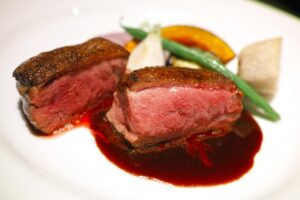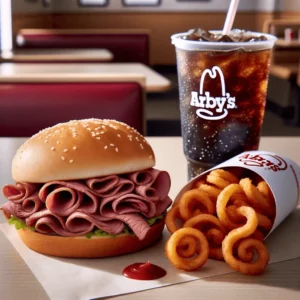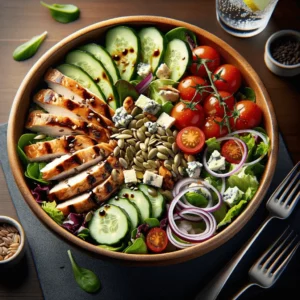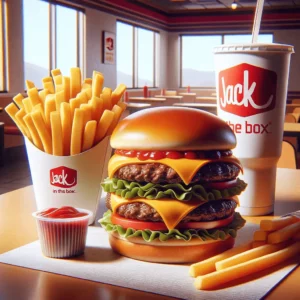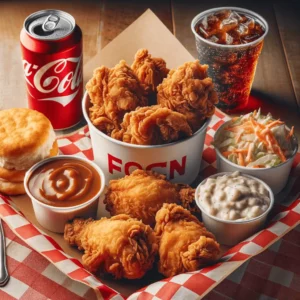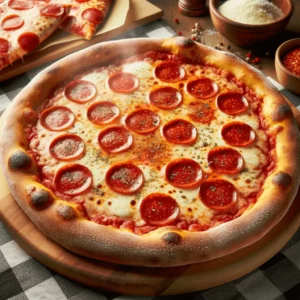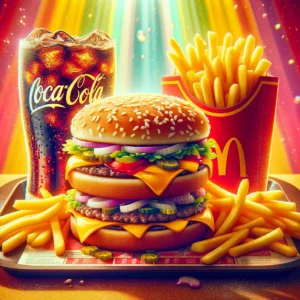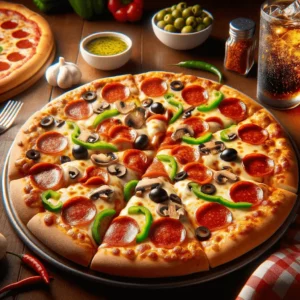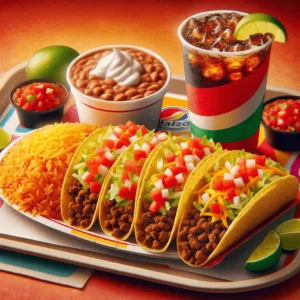The Pinnacle of Gastronomy: Michelin Star Restaurants
Michelin Star restaurants represent the zenith of culinary achievement, a testament to excellence in gastronomy. Originating from the Michelin Guide, a French guidebook established by the Michelin tire company in 1900, these accolades are highly coveted in the restaurant world. Being awarded a Michelin star signifies a restaurant’s dedication to impeccable service, innovative techniques, and extraordinary flavors.
Stars and Their Significance
One Star
A one-star rating is a mark of “a very good restaurant”, indicating a dining spot that stands out in its category. It’s a nod to quality, suggesting a place worthy of a stop if you’re in the area.
Two Stars
A two-star ranking signifies “excellent cooking that is worth a detour.” Restaurants in this category offer something exceptional, often characterized by unique dishes, impeccable technique, and a memorable dining experience.
Three Stars
The pinnacle of the Michelin Guide, a three-star rating, indicates “exceptional cuisine that is worth a special journey.” It’s not just about food but the holistic experience – the ambiance, service, and the indelible mark it leaves on the diner.
Common Traits of Michelin-Starred Establishments
Innovation
These restaurants are often at the forefront of culinary innovation, pushing boundaries and experimenting with flavors, techniques, and presentations.
Consistency
Consistency is key. Whether a patron dines today or six months later, the standard of food and service remains impeccable.
Quality Ingredients
Top-tier ingredients, often locally sourced and always fresh, are a hallmark. The chefs ensure that every element on the plate is of the highest quality.
The Michelin Experience
Tasting Menus
Many Michelin-starred restaurants offer tasting menus, which are curated multi-course meals showcasing the chef’s best dishes and the essence of their culinary perspective.
Wine Pairings
Sommeliers meticulously pair wines with dishes, enhancing flavors and elevating the dining experience.
Personal Touch
The chefs often interact with diners, explaining the inspiration behind dishes, while the service staff ensures every detail is perfect.
Conclusion
Dining at a Michelin-starred restaurant is not just about satiating hunger; it’s a culinary adventure, a journey of flavors, and an experience to be savored. These restaurants, with their commitment to excellence, have set benchmarks in the gastronomic world, offering unparalleled experiences that linger long after the last bite.
FAQs
1. Is Michelin star only for upscale, expensive restaurants?
While many Michelin-starred restaurants are luxurious, the stars are awarded for the quality of food and the overall experience, not the price. Some affordable restaurants, even street food vendors, have earned stars.
2. How often are Michelin stars awarded?
The Michelin Guide assesses restaurants annually. However, stars can be awarded, retained, or taken away based on the evaluations.
3. Are there Michelin-starred restaurants all over the world?
Initially started in France, the Michelin Guide now covers multiple countries across continents, highlighting the global best in dining.
4. Can a restaurant have more than three Michelin stars?
Three is the maximum number of stars a restaurant can achieve, representing the ultimate culinary accolade.
5. Is it difficult to reserve a table at these restaurants?
Given their reputation, reservations at Michelin-starred establishments, especially the three-star ones, can be challenging and often require booking well in advance.




